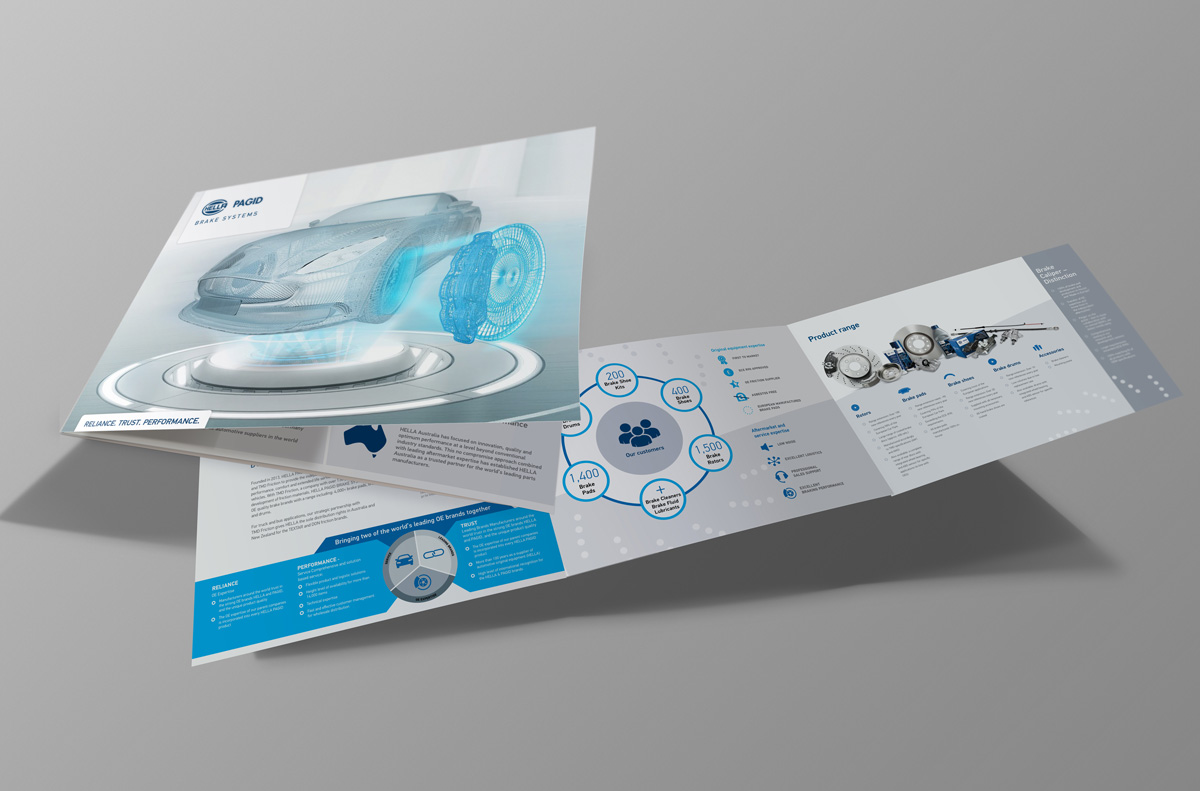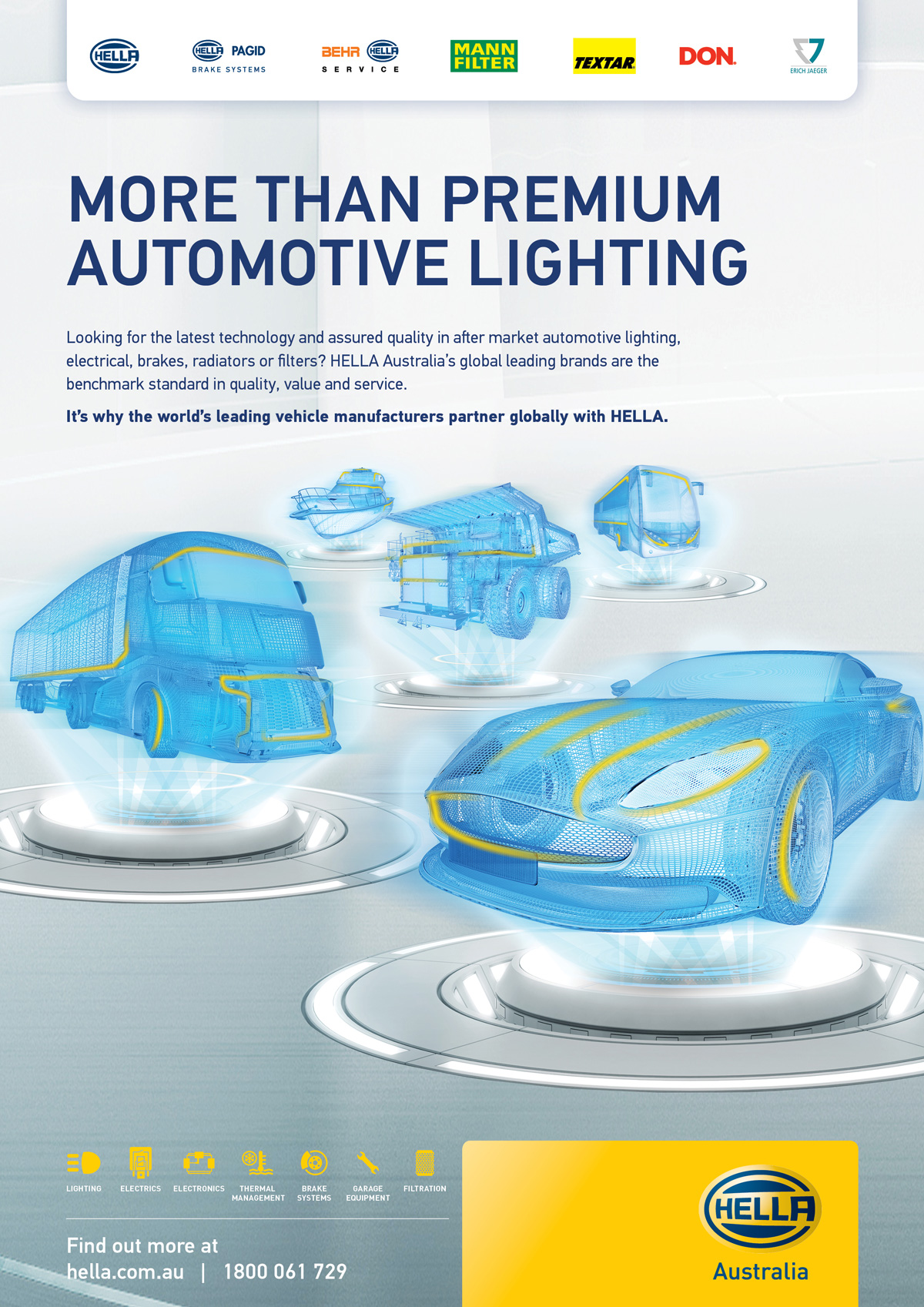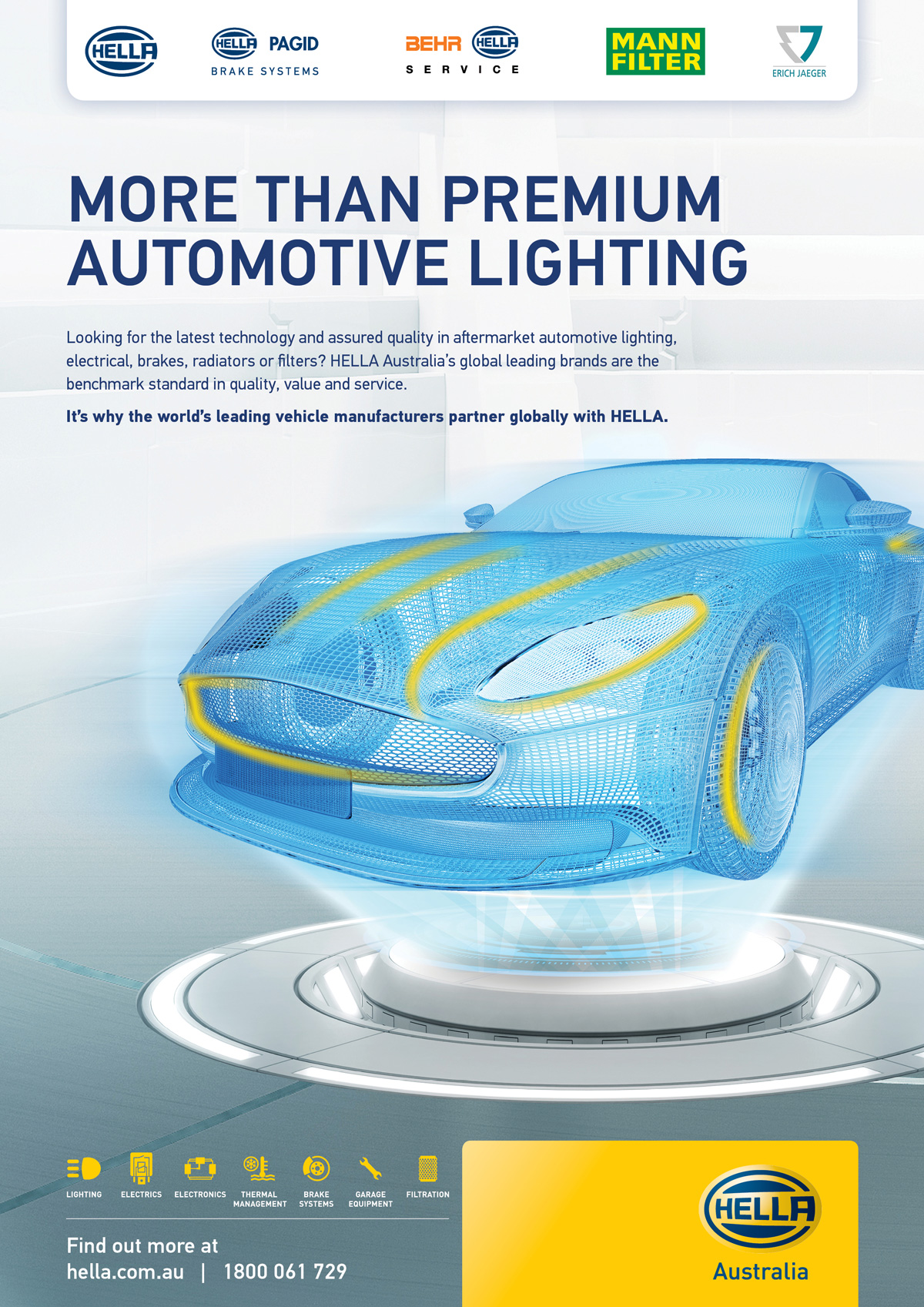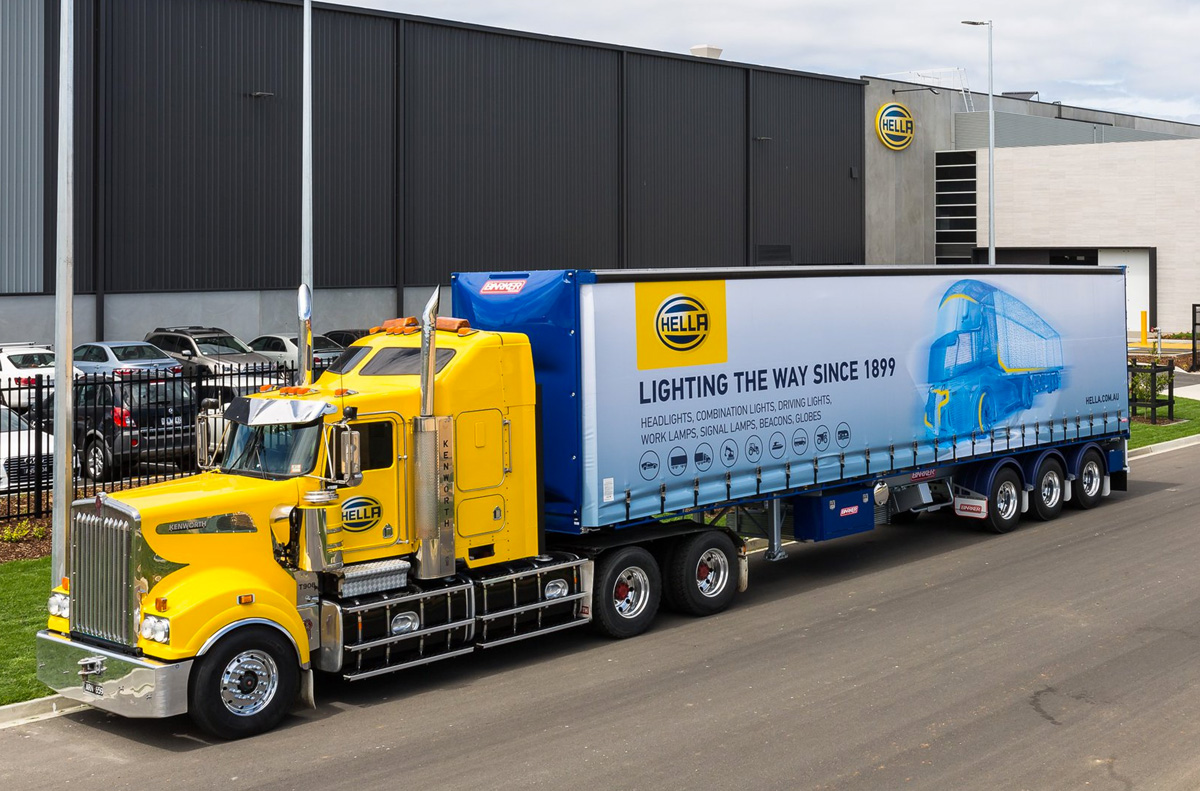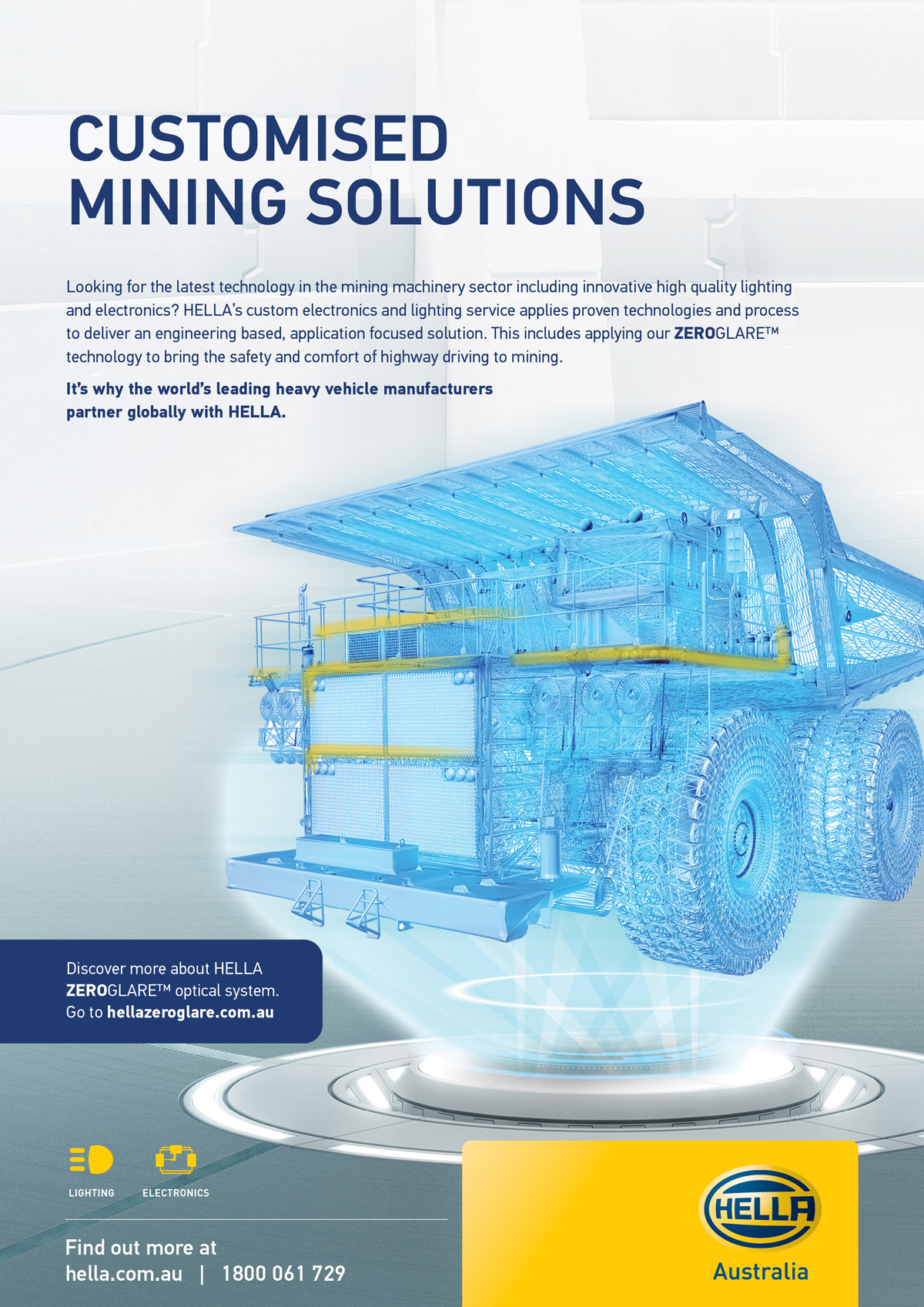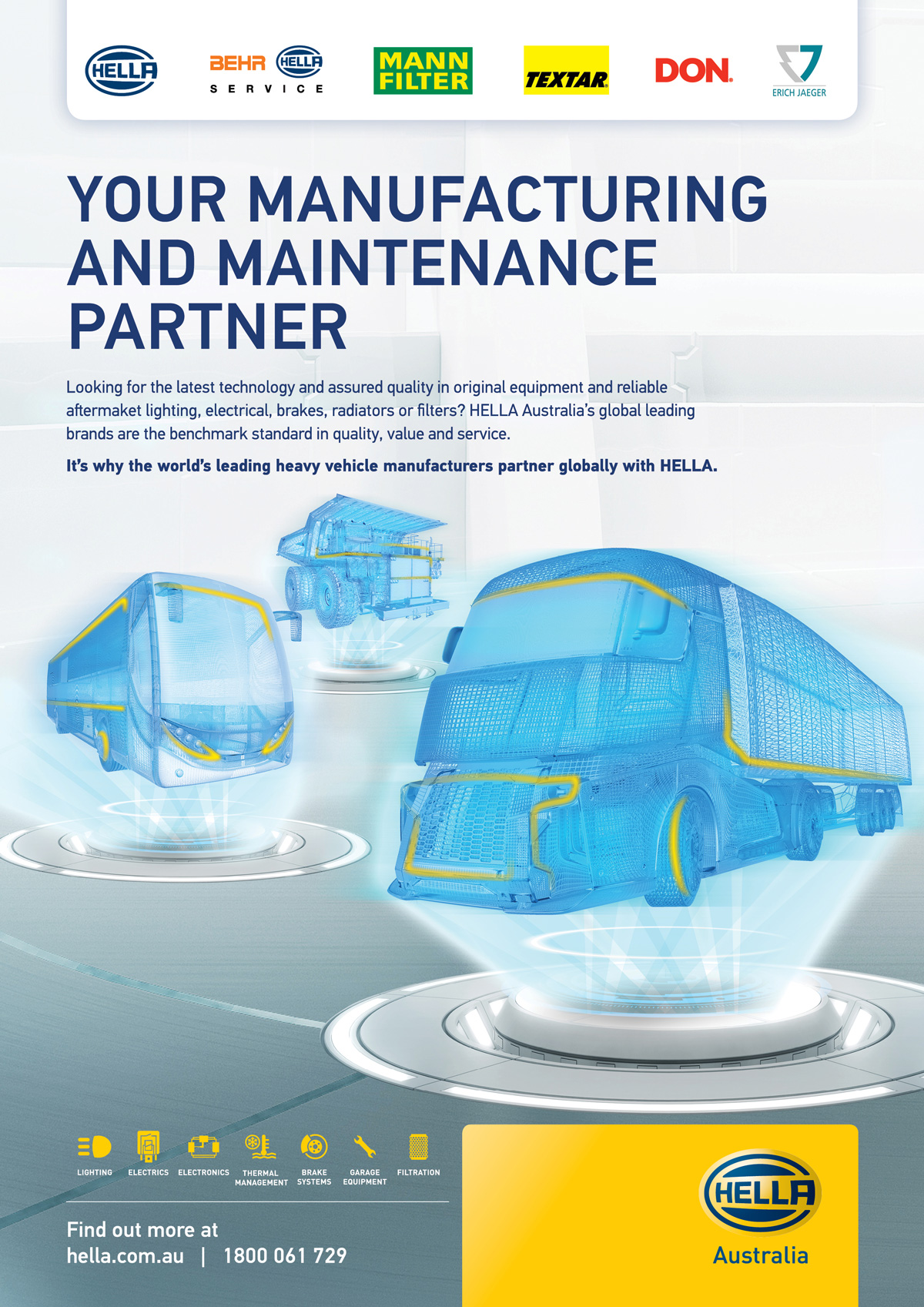Client: HELLA Australia
Studio: Zebra Direction
Role: Creative Director, Designer, 3D Illustrator
Repositioning HELLA Australia with a future-proof brand identity
HELLA is a global leader in automotive lighting. In Australia, however, the brand operates not as a manufacturer or R&D hub, but as a technical distributor. It supplies premium parts and lighting systems to industries ranging from mining and marine to agriculture and heavy vehicle maintenance.
This unique market position created a branding challenge: how to visually communicate HELLA’s technical credibility and product relevance without relying on photographs of real vehicles, which posed legal risks, rapid dating, and unintentional brand bias.
What started as a workaround to avoid licensed imagery became an opportunity to reimagine the brand’s visual language in a way that honoured its global legacy while tailoring it to Australia’s practical, multi-sector reality.
The Challenge
Historically, HELLA Australia followed the global brand guidelines closely, using supplied visual assets that often featured real, recognisable vehicles. But this strategy had growing limitations:
-
Licensing complications with automotive manufacturers
-
The need for constant updates as vehicle models changed
-
A risk of appearing biased toward certain makes or segments
-
A mismatch between HELLA’s global image and its local service-based identity
This was the first time HELLA Australia had attempted to craft a more tailored brand presence, one that reflected the true scope of their offering and connected more meaningfully with the Australian market.

